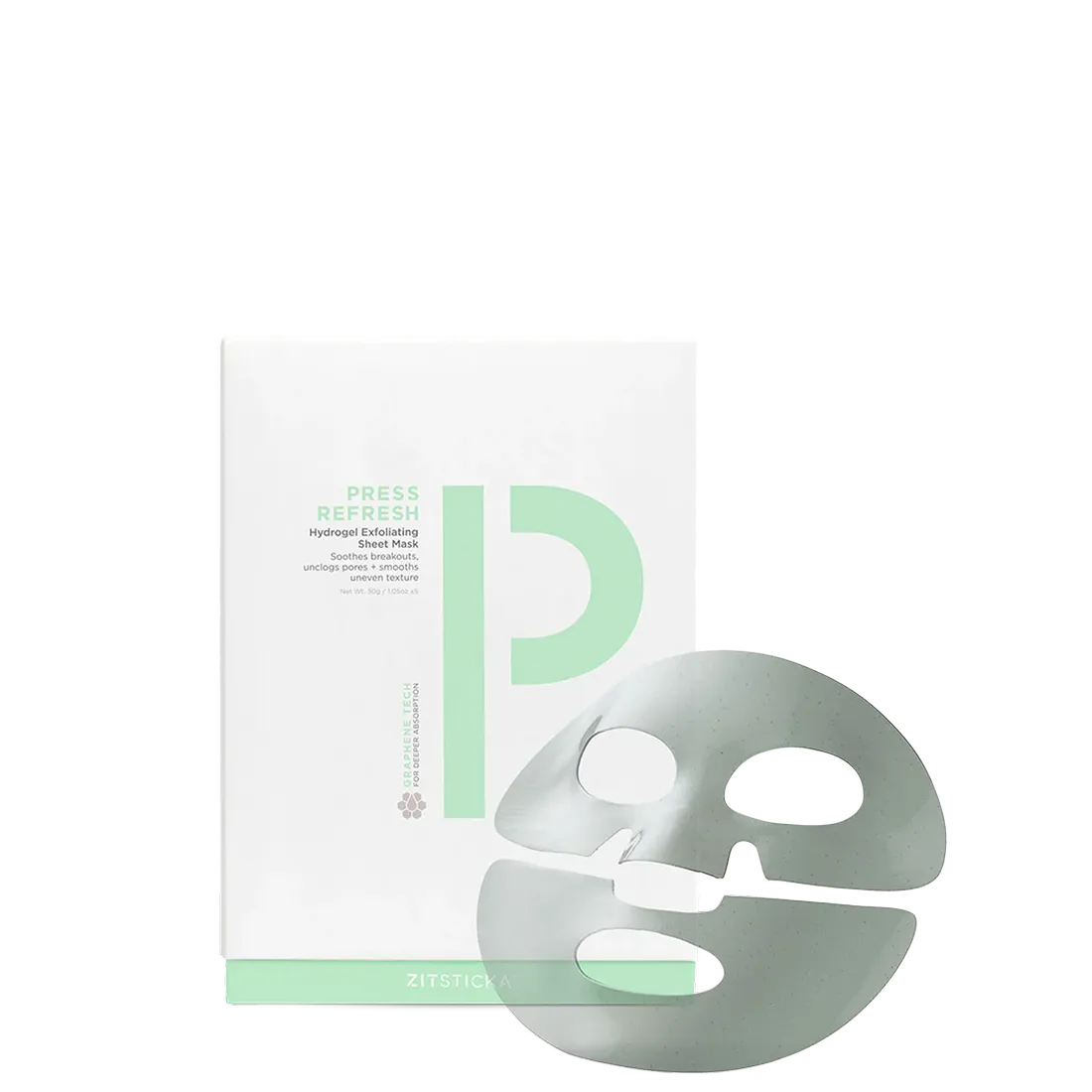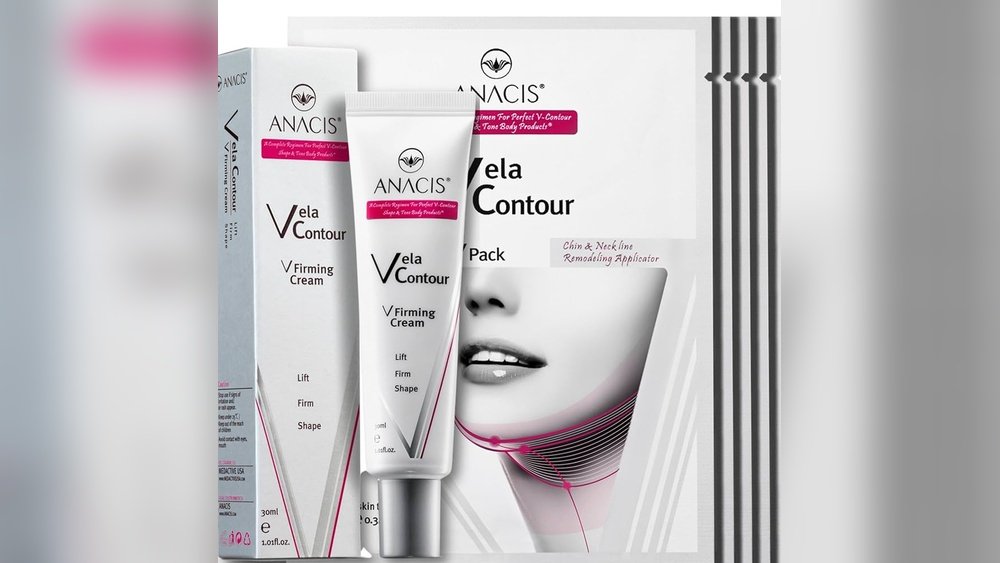Have you noticed that your chin feels rougher or looks uneven after wearing a mask for a long time? You’re not alone.
Many people find that mask-wearing can change the texture of their skin, especially around the chin area. This unevenness can feel frustrating and impact your confidence. But why does this happen, and more importantly, what can you do to fix it?
Keep reading to discover the common causes of chin texture unevenness after mask wearing and easy steps you can take to restore smooth, healthy skin. Your chin deserves care just as much as the rest of your face!
Causes Of Chin Texture Unevenness
Uneven texture on the chin can be frustrating and affect confidence. Many factors cause this rough or bumpy skin appearance. Understanding these causes helps in choosing the right skincare approach. Below are common reasons behind chin texture unevenness after mask wearing.
Overactive Mentalis Muscle
The mentalis muscle controls chin movements. Overuse causes it to tighten and create dimples or ripples. Mask wearing can increase muscle activity from frequent talking or jaw movements. This leads to a puckered look and uneven skin surface.
Acne And Scarring
Acne often flares under masks due to trapped sweat and oils. Pimples and breakouts leave scars or pits on the skin. These scars create a rough, uneven texture on the chin. Healing acne requires patience and proper care to reduce scarring.
Dryness And Dead Skin
Masks may reduce airflow, drying the skin underneath. Dry skin flakes and dead cells build up on the chin’s surface. This causes rough patches and visible texture changes. Regular moisturizing and gentle exfoliation can help smooth the skin.
Sun Damage Effects
Sun exposure breaks down collagen and elastin in the skin. This causes loss of firmness and elasticity on the chin. Sunspots, fine lines, and rough patches appear over time. Using sunscreen prevents further damage and maintains smoother skin.
Genetic Factors
Genetics affect skin type, pore size, and oil production. Some people naturally have uneven skin texture on the chin. Family history can influence how prone the skin is to bumps and roughness. Genetics cannot be changed but skin care can improve appearance.
Aging Impact
Aging reduces collagen and elastin in the skin. This leads to sagging and less smooth skin on the chin. Fine lines and wrinkles add to texture unevenness. Healthy habits and skincare can slow these aging effects.
Skin Conditions
Conditions like eczema, psoriasis, or rosacea cause inflammation and dryness. These make the chin skin rough and uneven. Treating these conditions with proper medication helps improve skin texture. Consulting a dermatologist is important for correct care.

Credit: www.amazon.ae
Sun Protection Strategies
Sun protection plays a crucial role in managing chin texture unevenness after mask wearing. The skin on the chin is sensitive and can become damaged by harmful UV rays. Sun exposure breaks down collagen and elastin, which worsens texture issues. Adopting effective sun protection strategies helps maintain smooth and healthy skin. Simple habits can shield your chin from further damage and support skin repair.
Broad-spectrum Sunscreen Use
Use a broad-spectrum sunscreen daily to protect against UVA and UVB rays. Choose a sunscreen with at least SPF 30 for adequate protection. Apply it evenly on your chin and other exposed areas. Reapply sunscreen every two hours, especially if you sweat or wipe your face. Sunscreen prevents sun damage that leads to roughness and uneven texture. Make it part of your morning routine, even on cloudy days.
Protective Clothing Tips
Wear clothing that covers your chin and face to reduce sun exposure. Hats with wide brims shield the lower face and chin from direct sunlight. Lightweight scarves or face covers can add extra protection when outdoors. Choose fabrics with a tight weave or UV protection for better defense. These simple clothing choices help reduce the risk of sun-induced skin damage and uneven texture.
Hydration And Moisturizing
Hydration and moisturizing play key roles in managing chin texture unevenness caused by mask wearing. Proper moisture helps skin stay smooth and healthy. Masks can trap moisture but also cause dryness, leading to rough patches and bumps. Keeping the chin well hydrated supports skin repair and reduces texture issues.
Importance Of Skin Hydration
Skin needs water to stay soft and flexible. Dry skin loses its natural glow and looks uneven. When the chin is dry, dead skin cells build up. This buildup makes the skin feel rough and look bumpy. Hydrated skin heals faster and feels comfortable under a mask. Drinking water and using hydrating products help maintain skin balance.
Choosing Effective Moisturizers
Moisturizers lock in hydration and protect the skin barrier. Choose a moisturizer that suits your skin type. For dry skin, thick creams with ingredients like shea butter work well. Oily skin benefits from lightweight, non-comedogenic lotions. Look for products with hyaluronic acid or glycerin. These attract moisture and keep the skin smooth. Avoid heavy products that clog pores and cause breakouts.

Credit: www.thelight-salon.com
Exfoliation Techniques
Exfoliation plays a key role in smoothing chin texture unevenness. Removing dead skin cells helps reveal fresh, healthy skin underneath. It also prevents clogged pores and dullness caused by mask wearing. Choosing the right exfoliation technique is essential for gentle care and visible results. Both physical and chemical exfoliants can help, but chemical exfoliants often offer deeper and more even effects. Let’s explore chemical exfoliants and their benefits for uneven chin texture.
Chemical Exfoliants Benefits
Chemical exfoliants dissolve dead skin cells without scrubbing. This reduces irritation and micro-tears on sensitive skin. They improve skin texture by smoothing bumps and rough patches. These exfoliants also promote cell turnover, making skin look brighter and more even. Many chemical exfoliants contain acids that gently loosen bonds between old cells. Regular use helps unclog pores and reduce acne breakouts. Chemical exfoliation supports natural skin renewal and enhances the absorption of skincare products. It is a safer choice for delicate chin skin affected by mask friction.
Salicylic And Lactic Acid Uses
Salicylic acid is a beta hydroxy acid (BHA) that penetrates deep into pores. It dissolves excess oil and dead cells, preventing blackheads and whiteheads. Salicylic acid also calms inflammation and redness often linked to mask-related skin issues. Lactic acid is an alpha hydroxy acid (AHA) that gently exfoliates the skin surface. It hydrates while removing dead skin, improving softness and texture. Lactic acid helps even out skin tone and reduces roughness from dryness. Both acids are effective for smoothing chin texture unevenness after mask wearing. Start with low concentrations and increase slowly to avoid irritation.
Retinol For Texture Improvement
Retinol is a popular skincare ingredient known for improving skin texture. It helps smooth uneven areas and refines the skin’s surface, especially on the chin. Using retinol after mask wearing can reduce roughness caused by clogged pores and dead skin buildup. This makes the skin look clearer and healthier over time.
Retinol works by speeding up cell turnover. It encourages the skin to shed old cells and create new ones. This process helps fade acne scars, reduce dryness, and soften the texture of the skin. Regular use can boost collagen, which firms the skin and reduces wrinkles. The result is a more even and smooth chin texture.
How Retinol Boosts Skin
Retinol increases the skin’s cell renewal rate. This removes dead cells and reveals fresh skin underneath. It also helps unclog pores, lowering the chance of breakouts. Retinol stimulates collagen production, which supports skin firmness. This reduces lines and rough patches. The skin becomes softer and more elastic. Over time, the texture improves noticeably.
Incorporating Retinol Safely
Start retinol slowly to avoid irritation. Use a small amount two to three times a week at first. Apply it at night, as retinol can make skin sensitive to sunlight. Always use sunscreen during the day. Moisturize well to reduce dryness. If irritation occurs, reduce frequency or try a lower strength. Consistency and patience are key for best results.
Professional Treatments
Professional treatments offer targeted solutions for uneven chin texture after mask wearing. These treatments address the root causes effectively. They provide visible improvements in skin smoothness and appearance. Consulting with a skincare expert is a crucial first step. Various options exist, from muscle relaxation to advanced therapies.
Dermatologist Consultations
Dermatologists examine the skin carefully to identify the exact cause. They consider factors like muscle activity, acne scars, and dryness. A personalized treatment plan is created based on this assessment. They guide patients through safe and effective options. Regular follow-ups ensure progress and adjust treatments as needed.
Botox For Muscle Relaxation
Botox helps relax the overactive mentalis muscle under the chin. This muscle often causes a puckered or uneven texture. By reducing muscle activity, Botox smooths the skin surface. Results usually appear within days and last several months. The procedure is quick and minimally invasive.
Advanced Therapeutic Options
Advanced treatments include laser therapy, microneedling, and chemical peels. These methods stimulate collagen production and improve skin texture. They reduce acne scars and promote skin renewal. Sessions vary depending on the severity of the unevenness. Combining therapies can enhance overall results.

Credit: zitsticka.com
Frequently Asked Questions
Why Does My Chin Have A Weird Texture?
A weird chin texture often results from an overactive mentalis muscle, acne scars, dryness, sun damage, or skin conditions like eczema. Aging and genetics also affect skin firmness and smoothness. Proper skincare, sun protection, and dermatologist advice can improve texture and appearance.
How Do I Get Rid Of Texture On My Chin?
Reduce chin texture by moisturizing daily and gently exfoliating with acids like salicylic or lactic acid. Use sunscreen to prevent sun damage. Consider retinol serums to boost collagen and consult a dermatologist for personalized treatments like Botox for muscle-related texture.
Can Wearing A Mask Cause Hyperpigmentation?
Wearing a mask can cause friction and trapped moisture, potentially leading to hyperpigmentation in sensitive skin areas. Proper skincare prevents this.
How Do You Get Rid Of A Face Mask Reaction?
Stop using the mask immediately and cleanse your face with a gentle, fragrance-free cleanser. Apply a soothing moisturizer and avoid harsh products. Use cold compresses to reduce irritation. If symptoms persist, consult a dermatologist for proper treatment.
Conclusion
Dealing with chin texture unevenness after mask wearing is common. Simple steps like moisturizing and gentle exfoliation help improve skin. Protect your skin daily with sunscreen to avoid damage. Using products with retinol can boost skin renewal and smoothness. If texture persists, consult a dermatologist for proper care.
Healthy habits and patience lead to better skin over time. Keep your routine consistent and listen to your skin’s needs. Small changes make a big difference in skin texture and appearance.
 Skip to content
Skip to content 